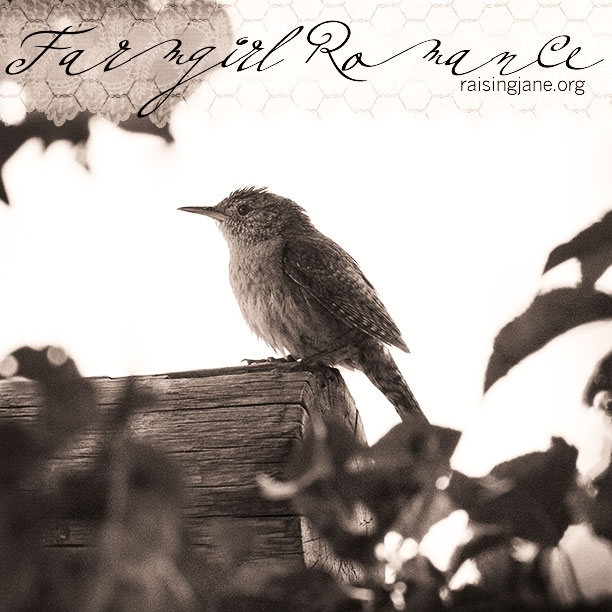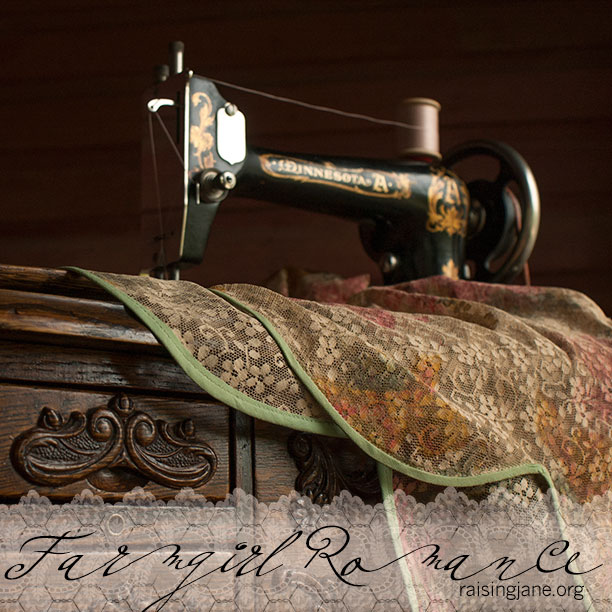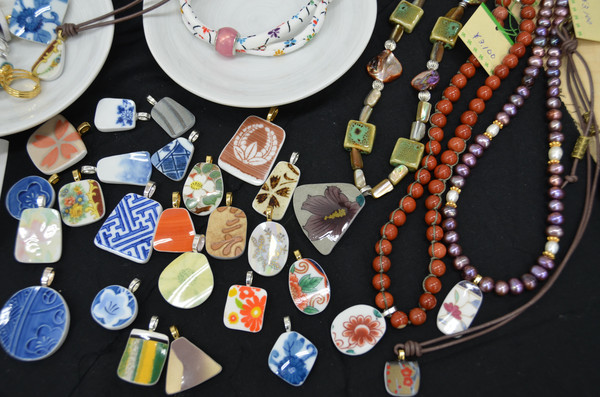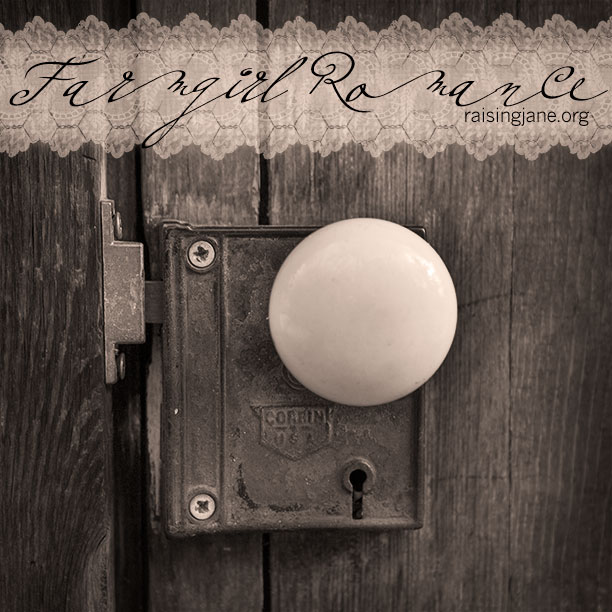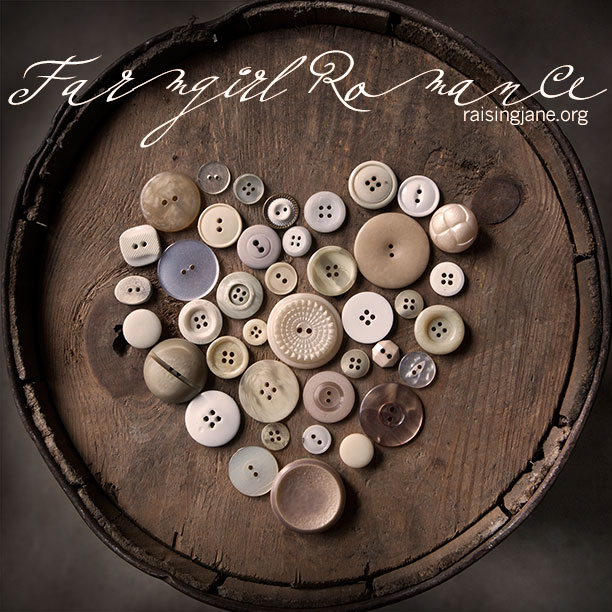Do the words
clothes rationing
send a shudder down your spine?
Before you run off to lock your closet, let me assure you that this World War II practice is not being reinstated.
Well, not yet, anyway.
But you might find (once the initial shock of the notion has faded) that you are pondering its practicality.
Hmmm …
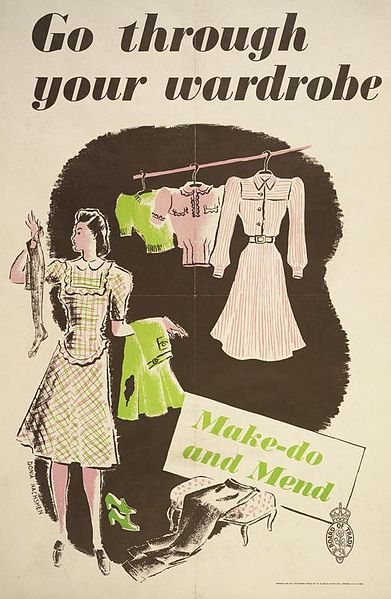
Image courtesy of the Board of Trade, artist Donia Nachshen, Her Majesty’s Stationery Office via Wikimedia Commons
Clothes rationing was in fashion (euphemistically speaking) in the U.K. from 1941 to 1949, when manufactured commodities were limited. At first, each adult in the country received an annual allotment of 60 coupons, but as time went on, the number was reduced to 48. Kids were given an extra 10 coupons each to account for growth.
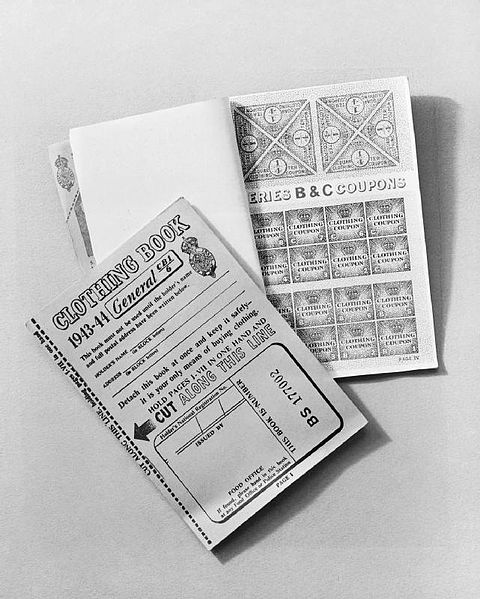
Image courtesy of Ministry of Information Photo Division Photographer via Wikimedia Commons
According to the sustainable fashion hub Ecouterre, “You had to be judicious in your selections; a petticoat or slip ‘cost’ three coupons, a woolen dress eleven, and a men’s overcoat an extravagant thirteen. Even a pair of socks required at least one coupon.”
The kicker was that a coupon didn’t actually pay for anything—it simply represented permission to purchase a certain quantity with one’s own limited finances.
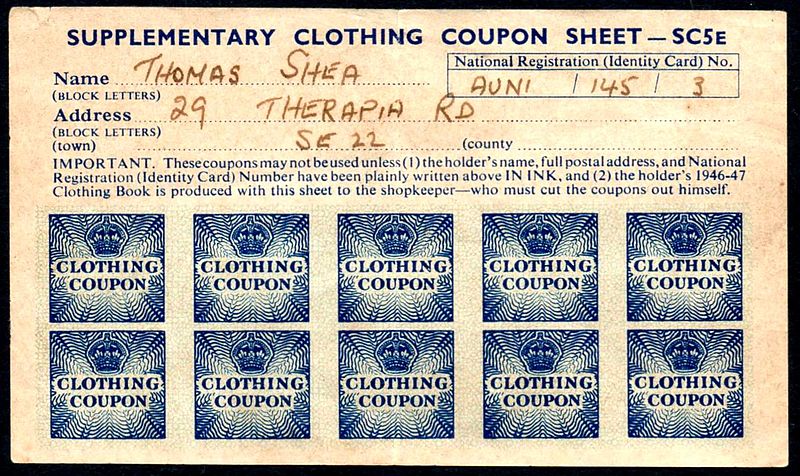
Image courtesy of the British government via Wikimedia Commons
Necessity, which we credit as the Mother of Invention, spurred a national movement of Make Do and Mend, of which my grandmother pitched in full bore. Men’s suits became children’s coats (I was the recipient of one of them) and worn trousers became vests. You see, my grandmother was of the era in which she showed up for work every day (after her children were raised) in a fancy hat and white gloves (required for her job) as a creator of sewing patterns in Denver, Colorado.
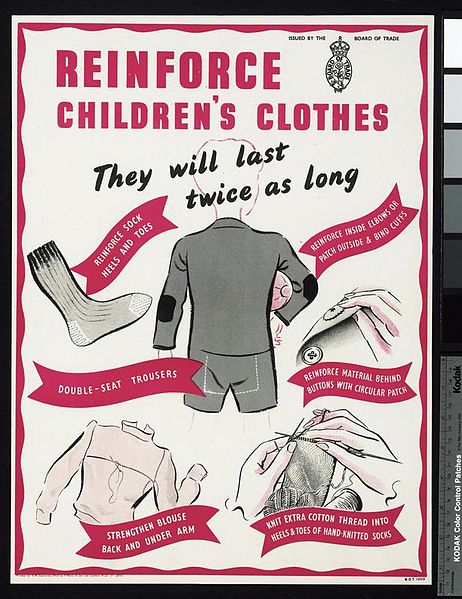
Image courtesy of Board of Trade, H Manly and Son Ltd, London N22, and Her Majesty’s Stationery Office via Wikimedia Commons
To advocate the idea of a “substitution and conversion” economy, the Ministry of Supply produced the following video clip that extolled the virtues of upcycling items—a patchwork dressing gown fashioned from fabric scraps and a shift sewn from old trousers.
“For the ladies, you may be reassured that all garments made in ‘make do and mend’ are entirely exclusive,” the narrator quips. “To the men, lock up your favorite old clothes before you leave home in the morning!”
So, you see, there is a grain of genuine sensibility here. After all, many of us live the “make do and mend” mantra as it is.
Would rationing be so ludicrous?
“The political situation may be less dire today, but scarcity, coupled with unfettered consumption, continues to be a problem,” asserts Ecouterre. “Inhumane demands, lax workplace standards, and routine abuse are the result of too much expendable income and too little social or moral accountability to rein in our impulses. Shopping has become something we do out of habit, boredom, or because we get a buzz from acquisition.”
I get waaaaay more revved about repurposing, how about you? And my favorite way to repurpose the wool from a man’s suit is to make a crazy quilt, held together using a variety of different embroidery stitches. Love the look! I did turn an old green wool army jacket into a purse once. But nothing I’ve done compares to the volume of re-use projects my grandmother and mother accomplished.
